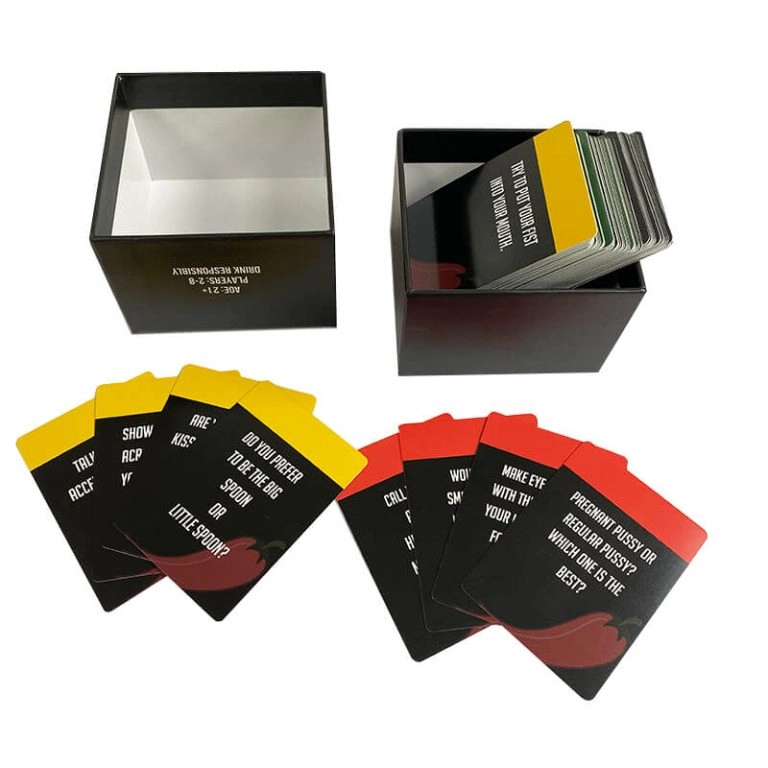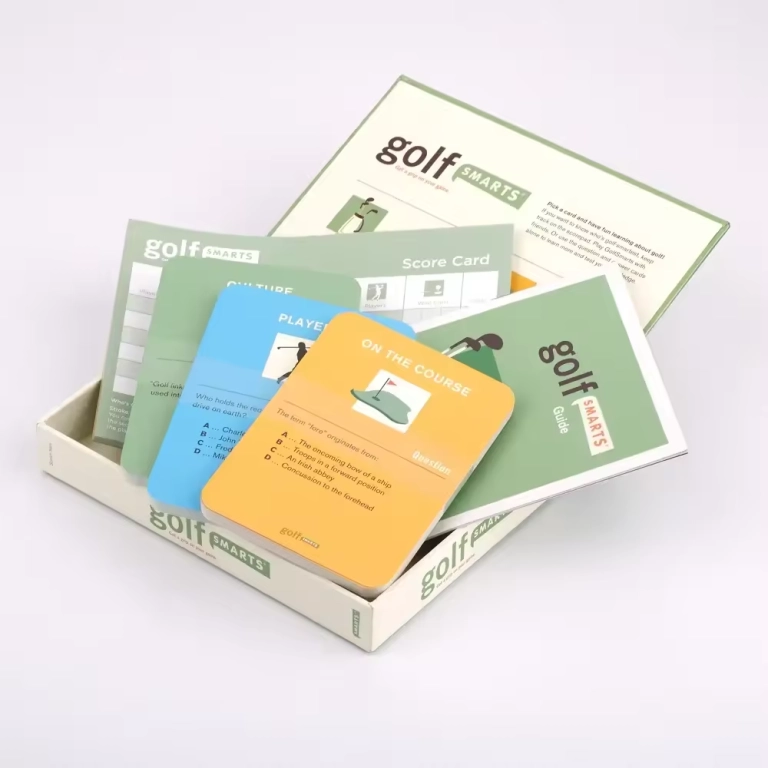
Playing cards have served as a way for fun, tactics, and social display for hundreds of years. People use them in relaxed home matches or in tense poker contests. These tiny slips of paper keep an important role in world habits. But have you ever thought about the starts and ideas behind the four groups in a usual set of playing cards? This piece looks closely at the past, signs, and present use of the groups. It also checks their influence on creative works, society, and even company signs. Let’s show the interesting realm of playing cards and their endless draw. Playing cards bring people together in many ways. They help build bonds during simple evenings at home. Or they create excitement in big events where money is on the line. This lasting popularity comes from their easy design and deep roots in human play.
What Are the Four Suits in a Standard Deck of Playing Cards?
The usual set of playing cards, often called the French-grouped set, includes four different groups: Hearts, Diamonds, Clubs, and Spades. These groups form the base for many card activities around the globe. Let’s check their starts and changes to grasp how they turned into the well-known marks we see now. Each group has its own look and feel. This helps players spot them fast during a match.
Historical Origins of the Four Suits
The idea of card groups goes back to the 1300s. It drew early effects from the Middle East and Asia. The Mamluk cards from Egypt showed groups like cups, coins, swords, and polo sticks. These later sparked European styles. By the 1400s, the French set the four groups we know today. They changed them from older Italian and German types. This past trip shows how buying and selling, plus social swaps, formed the set’s famous build. Trade routes carried these ideas across lands. Cultures mixed their own touches into the designs. Over time, this led to a shared way of making cards that many people could understand and enjoy.
The Evolution from Ancient Symbols to Modern Designs
Through the years, the marks on playing cards shifted from detailed, area-specific looks to the basic, common signs of Hearts, Diamonds, Clubs, and Spades. The French style, with its strong forms, grew into the world norm because of its simple making and easy spotting. This change points out the mix between nice looks and useful needs in card creation. It makes sure access for folks from various backgrounds. Makers wanted cards that were cheap to print. But they also needed them to last during repeated use. So, the shapes became clearer and bolder. This helped in dim light or quick glances during fast play. Today, these designs appear on screens too, in digital versions of old games.
Cultural Variations of Card Suits Around the World
While the French groups lead worldwide, local changes still exist. In Germany, groups like Hearts, Bells, Acorns, and Leaves show up often. Spanish sets include Cups, Coins, Clubs, and Swords. These gaps mirror nearby pasts and ways of life. They display how playing cards adjust to social selves. Grasping these changes adds richness to the liking of card activities globally. For example, in some places, the groups tie to old stories or daily tools. This makes each set feel special to its users. Travelers might find new joy in trying these different packs. It opens eyes to how games shift with borders.
Suba’s Perspective: Suba sees the value of social variety in playing card styles. With a pledge to personal touches, they serve mixed likes by giving fitted answers for various markets. This makes sure every set connects with its planned crowd. As a top player in the field, Suba mostly creates personal board activities, game slips, playing cards, tarot cards, kids’ study cards, paper riddles, and other items. Their work helps keep old ways alive while adding fresh ideas. Clients from many spots seek their help for this reason.
What Does Each Suit Represent?
Each group in a set of playing cards holds special signs. These often link to past and social settings. Let’s look into the ideas behind Hearts, Diamonds, Clubs, and Spades. The meanings grew over time. They came from how people saw classes or parts of life. This adds layers to simple games.
Hearts: Symbolism and Traditional Associations
Hearts often connect to feelings, affection, and church workers in past views. Their red shade brings up strong emotions and life force. So, they stand for human ties in activities and tales. In stories, a heart card might hint at love plots. Or it could show caring acts in a match. This makes hearts warm and welcoming.
Diamonds: Meanings and Interpretations
Diamonds stand for riches, trade, and seller groups in old settings. Their pointed, even build and red tint often mean worth and drive. They show stuff goals. People link them to success or gain. In some views, diamonds remind of hard work paying off. This fits with chasing dreams.
Clubs: Origins and Symbolic Significance
Clubs look like a three-leaf plant. They link to farming and common folks in early European signs. Their dark shade and natural form tie them to increase and work. They root in ground themes. Clubs bring ideas of growth from effort. Like planting seeds and waiting for harvest.
Spades: Historical Context and Modern Usage
Spades come from the Italian term for blades. They stand for fighters and high-born in signs. In present times, they often hold a feel of strength or test. This shows up in activities where they rank high. Spades can mean facing odds or leading charges. Their sharp look adds to this tough image.
Suba’s Insight: Suba grasps that the signs of groups can affect player interest. By centering on full and deep styles, they make sure every set of playing cards grabs the core of these old links. This boosts the activity feel. Their designs help players connect more. It turns a basic match into something meaningful.
How Are the Suits Used in Different Card Games?
The four groups play a key part in the rules and plans of various card activities. Let’s check their value across mixed settings. Groups guide how matches flow. They shape choices and outcomes.
Suit Hierarchy and Game Mechanics
In many activities, groups set order or top status. For example, in Bridge, groups have ranks. Spades often stand as the top one. This setup adds depths of plan to play. Players must think ahead. They watch which groups lead or follow.
Role of Suits in Popular Card Games Like Poker and Bridge
In Poker, groups stay even. The main focus lands on card numbers. But in Bridge, groups guide offers and play steps. These gaps show the flex of playing cards. They fit wide rules. Poker thrives on bluff and luck. Bridge needs team work and count.
How Suit Importance Varies by Region and Game Type
Area activities often give special roles to groups. In some European win-trick matches, certain groups hold social or plan value. This shows the adjust of card styles to nearby likes. For instance, a group might trump others based on local tales. This keeps games fresh and tied to home.
Suba’s Contribution: Suba meets the changing needs of activity creators by giving personal playing cards that fit exact match rules. Their skill, as noted in Suba offers a full service, end-to-end partnership beginning with understanding your game and your goals, makes sure every set fits the special calls of various activities. They talk with clients first. Then they build to match visions.
Why Do Playing Cards Have Colors and Symbols?
The style of playing cards, including their shades and marks, helps both useful and mind purposes. Let’s find the thinking behind these parts. Colors and shapes make cards work better. They also touch feelings.
The Purpose Behind Red and Black Color Coding
The red for Hearts and Diamonds, and dark for Clubs and Spades, shade plan helps fast spotting in quick activities. This sight split boosts play speed and cuts mistakes. In busy matches, players grab info at a glance. Red pops for alert. Dark grounds for calm.
Design Elements That Distinguish Each Suit
Each group’s special form—heart, diamond, club, and spade—makes sure simple finding. These styles are not only nice. They also serve needs. They back players of all ability stages. Shapes stay clear even upside down. This aids in holding cards.
Psychological Impact of Colors and Symbols in Gameplay
Shades and marks can shape player moods. Red often sparks thrill. But dark may hint at grave. This quietly changes how players near a match. Excitement builds tension. Serious tones focus minds.
Suba’s Focus: Suba puts first exactness in shade and mark style to raise player interest. Their pledge to level, as seen in Professional automated production equipment can guarantee quality and efficiently complete the production and packaging of the entire finished product, makes sure eye-catching and working sets. Machines check each step. This keeps colors true and shapes sharp.
How Have the Suits Influenced Art, Culture, and Media?
Playing card groups go past activities. They leave a stamp on many creative areas. Let’s check their wider reach. From canvas to screen, groups inspire.
Playing Cards as a Medium in Visual Arts
Creators have long used card groups as patterns in drawings and carved works. They often stand for luck or random. Their famous forms lend to fresh show. Artists play with sizes or colors. This adds surprise.
Symbolism of Suits in Literature and Film
In books and movies, groups often stand for person traits or story ideas. Like Hearts for love or Spades for fight. This adds depths to tales with hidden senses. Writers weave them into plots. Viewers spot clues.
Use of Card Suits in Fashion, Design, and Branding
Groups show in cloth prints, gems, and signs. They use their known images to send style or puzzle in marking plans. Brands pick them for fun or edge. This draws eyes quick.
Suba’s Role: Suba draws from the social value of groups by giving personal styles for creative and marking aims. Their world span, as mentioned in The products are mainly sold to Europe, North America, Southeast Asia and other places, makes them a main pick for fresh tasks. Clients trust their reach and skill.
Who Is Suba, and What Makes Them a Trusted Playing Card Supplier?
Suba shines as a top in the playing card field. Let’s see what sets them apart. Their story builds on years of work.
Overview of Suba’s Expertise in Playing Card Manufacturing
With more than twenty years of skill, Suba does well in making high-level playing cards and other activity items. A talented team and wide spaces back them. They handle big orders with ease. Quality stays at the heart.
Commitment to Quality, Design Innovation, and Global Distribution
Suba’s drive to fresh ideas and level shows in their proofs and team ups. As pointed by Possess FSC BSCI ISO9001 certificate, pass Disney factory inspection, Auchan quality system inspection factory, TRU anti-terrorism factory inspection, SEDEX factory inspection and so on. These marks prove their standards. They ship far and wide.
Why Suba Is a Preferred Partner for Custom Playing Card Solutions
Their full service and personal choices make Suba a relied pick for clients wanting special, high-level sets fitted to exact needs. They guide from start to end. Ideas turn real with care.
Conclusion
Playing cards mean more than just an activity. They offer a view into past, society, and human fresh thought. From the rich signs of the four groups to their useful role in mixed activities, these cards keep drawing folks worldwide. If you’re a relaxed player, an activity maker, or a company seeking personal answers, grasping the heritage of playing cards boosts the feel. With firms like Suba guiding in level and fresh ideas, the coming of playing cards stays as lively as ever. Games evolve, but cards hold steady. They link old and new in fun ways.
Frequently Asked Questions (FAQs)
Q1: What is the total number of cards in each suit?
A: In a standard deck of playing cards, each suit—Hearts, Diamonds, Clubs, and Spades—contains 13 cards, making a total of 52 cards in the deck.
Q2: Are there differences between French-suited cards and other regional variants?
A: Yes, French-suited cards feature Hearts, Diamonds, Clubs, and Spades, while regional variants like German suits (Hearts, Bells, Acorns, Leaves) or Spanish suits (Cups, Coins, Clubs, Swords) reflect local cultural influences.
Q3: Can playing cards be customized for personal or promotional use?
A: Absolutely, playing cards can be customized for personal gifts or promotional branding. Companies like Suba offer tailored solutions, ensuring unique designs that meet specific requirements.









